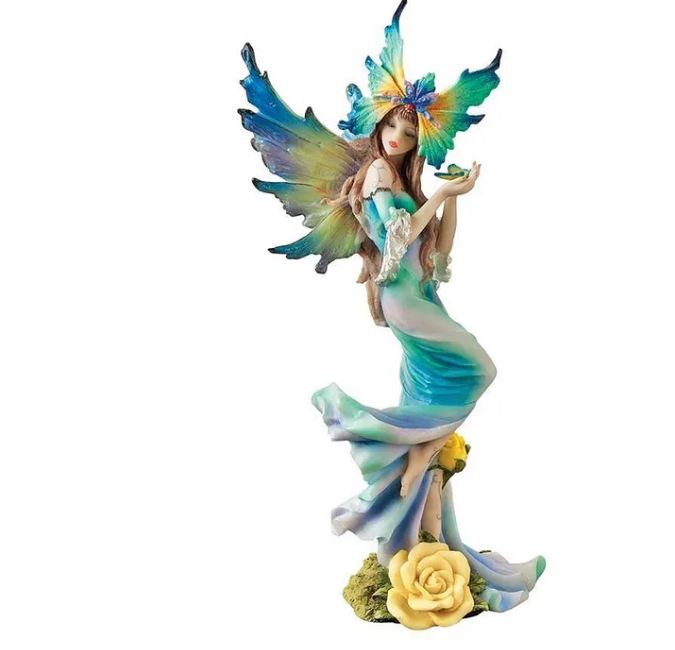
Mythical creatures hold a captivating place in human culture, permeating stories, films, and even songs. These fantastical beings have been presented to us through various mediums, yet beneath the surface, they are steeped in intricate and multifaceted traditions. While mermaids and dragons, among others, have been a source of enduring fascination, there are intriguing details about these five mythological creatures that you might not be aware of.
Mermaids
In contemporary portrayals, mermaids are often depicted as gentle and attractive beings, but this hasn’t consistently been the case. Dating back as far as 2,000 years ago, the narrative originated with the Syrian legend of Atargatis, a goddess who was venerated. In earlier times, mermaids were believed to bring misfortune and were associated with leading sailors to their demise.
Fairies
Originating in Northern Europe, fairies do not conform to the common portrayal of wish-granting creatures with magic wands. The term “fairy” actually implies mischievous sprites. These mythical beings encompass a wide spectrum of myths, serving as everything from angelic spirits to malevolent demons, symbolizing aspects of the natural world, or embodying supernatural entities.
The Phoenix
Legend has it that the phoenix has a lifespan of 500 years, and only a single phoenix exists on Earth at any given moment. This mythical creature’s origins span various cultures, from ancient Persian and Greco-Roman to Egyptian and Chinese traditions. An astonishing detail about the phoenix is that, after its 500-year life cycle, it constructs a nest from aromatic wood, which then serves as its funeral pyre.
Dragons
Dragons are among the most universally recognized mythical creatures, celebrated in both Eastern and Western cultures. Their popularity spans the globe, and they exhibit remarkable diversity. While some are portrayed as diminutive beings, others are depicted as colossal, fire-breathing monstrosities. Furthermore, within the world of dragons, there are distinct subspecies, such as Wyverns, characterized by their possession of only two feet. Interestingly, despite their vulnerability to being vanquished, dragons seem to possess an innate ability as exceptional swimmers, making them impervious to drowning.
The Sphinx
A surprising detail about the sphinx is the existence of two distinct sphinx traditions. The Grecian sphinx, characterized by a woman’s head, is notorious for its malevolence. This creature poses riddles and consumes those who fail to solve them. The tragic hero Oedipus was the first to overcome her. On the other hand, the Egyptian sphinx, though also a hybrid creature, differs in that it possesses a man’s head and typically exudes protective and benevolent qualities.















